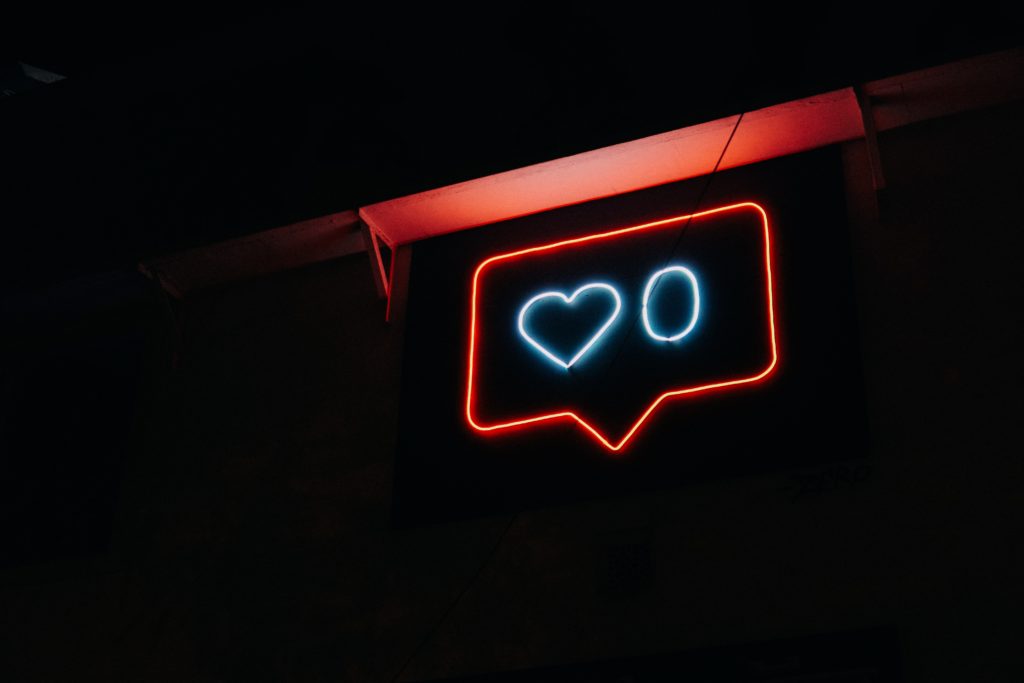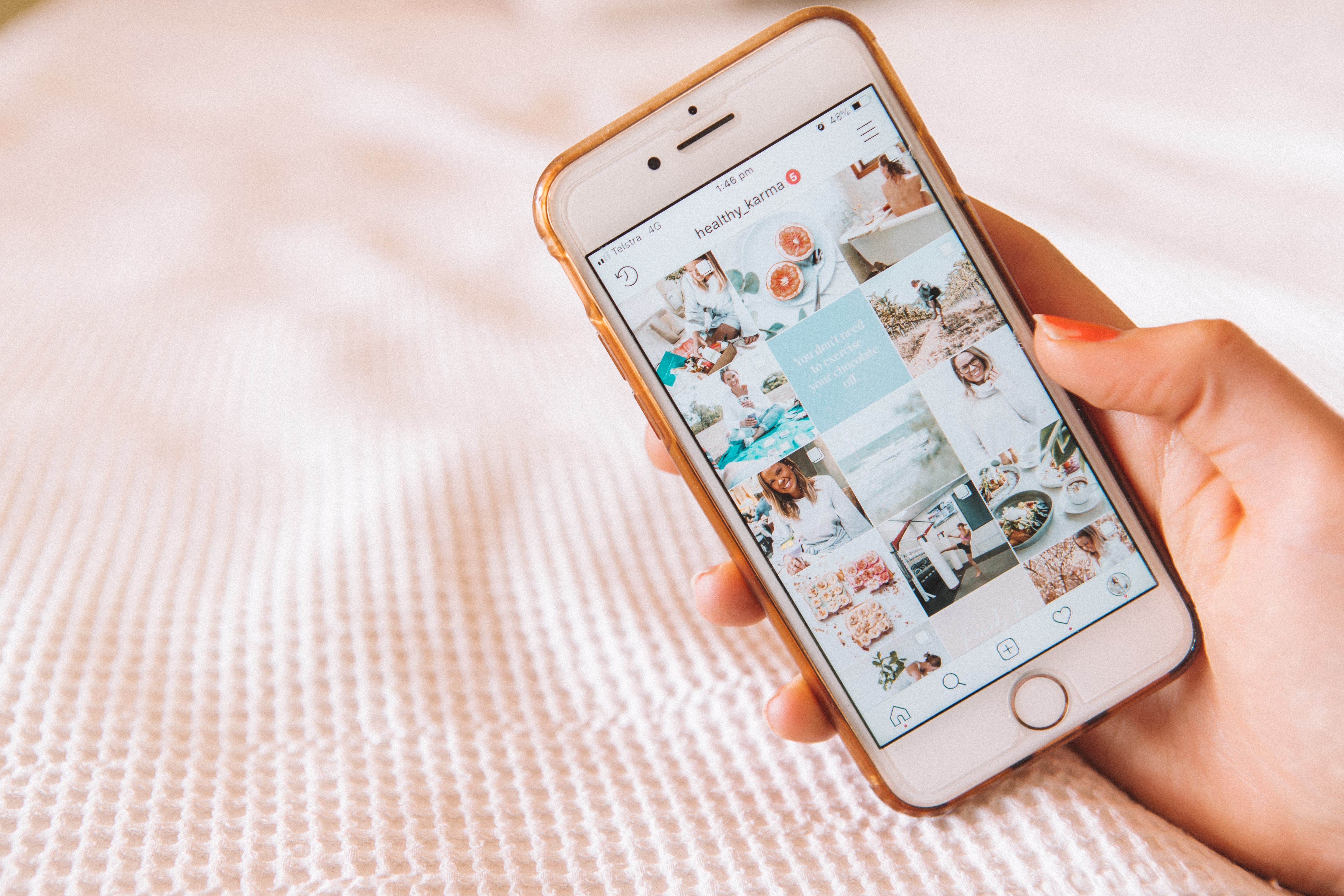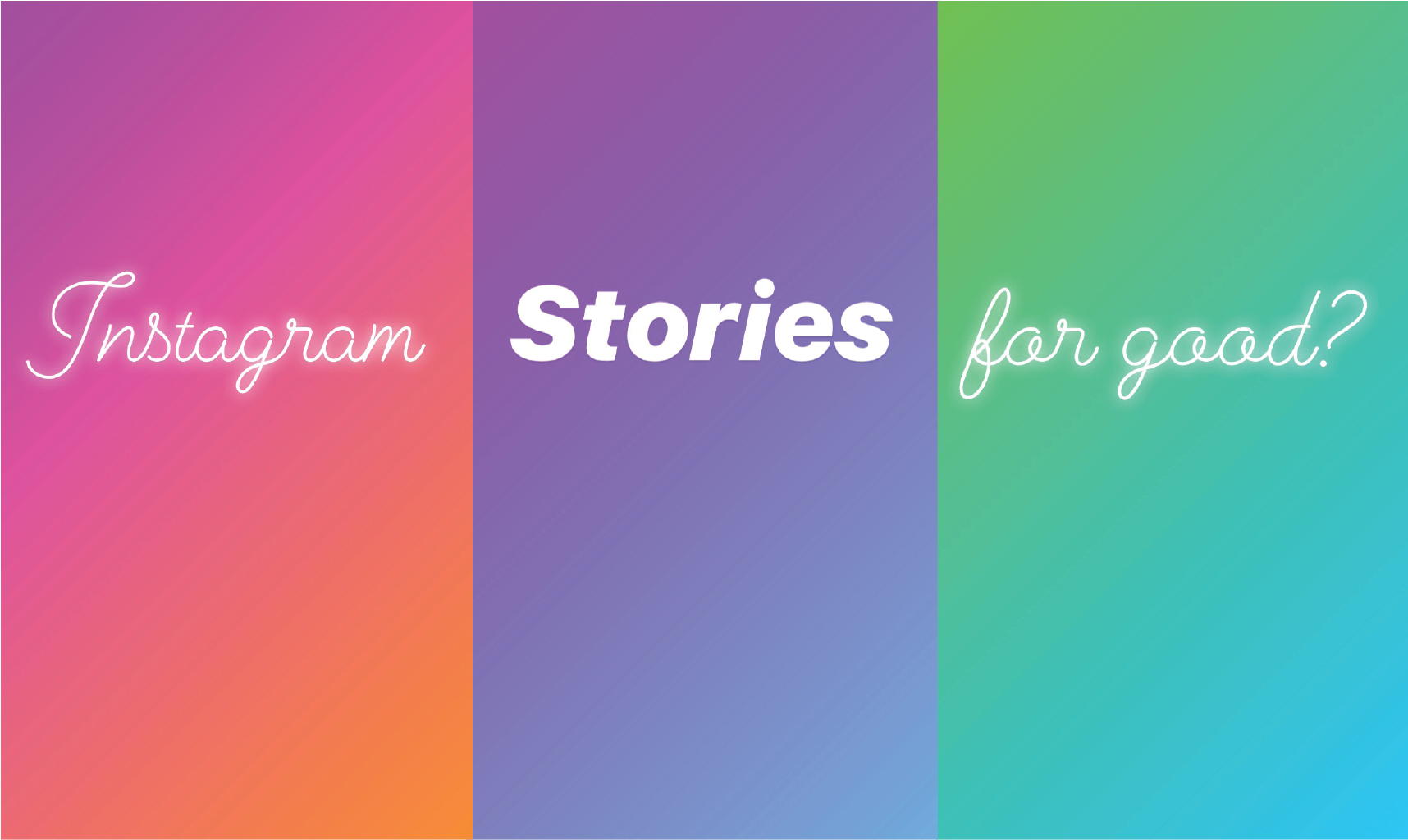By Hana Campbell
The term ‘influencer’ is one we have seen have increasing popularity since the rise of YouTube and Instagram, but it’s an idea that really isn’t all that new. An influencer is defined as “is an individual who has the power to affect purchase decisions of others because of his/her authority, knowledge, position or relationship with his/her audience.” People with this influential power have been around for centuries, but often times this power was reserved for those who graced the silver screen, sang grammy-winning songs or appeared on the cover of Vogue.

Today, there are over half a million people classified as an influencer on Instagram and over 80% of individuals with over 15,000 followers consider themselves influencers.
To break it down further, there are four distinct categories of influencers:
- Celebrities
- Industry experts and thought leaders
- Bloggers and content creators
- Micro Influencers
There are also categories that further define influencers by their follower count:
- Nano (1k-10k followers)
- Micro (10k–50k followers)
- Mid-Tier (50k-500k followers)
- Macro (500k-1 million followers)
- Celebrity/Mega (1 million followers+)

Recently, many publications have claimed that the age of the influencer has peaked, and brands are questioning if their investment in influencer marketing is really worthwhile. However, in recent years there has been a major uptick in the rise of micro-influencers and nano-influencers. Many publications agree that while macro-influencer power has fallen, micro and nano influencers are beginning to take over. The next generation of Instagram users is tired of the predictable, planned feeds and wants to “follow real, cool people, with a story to tell, a passion and a specific talent they have or own, not the same thing over and over again,” (Tara Costello). The influencer market is now so over-saturated that people have the choice of following others who fit their interests to a T.
It is safe to say influencers aren’t going anywhere anytime soon, but the influencers brands choose to work with (and why) is constantly evolving. People tend to trust micro-influencers more, and find them more relatable than macro influencers and celebrities. This is a real win-win for companies investing in influencer marketing, because they will spend a fraction of the cost on the influencer, and will get far higher engagement with the right audience. Moving forward, companies should research micro and nano influencer options more and pay close attention to their ROI. This will help brands determine the future of influencer marketing and how it will evolve next.
Hana’s Twitter | Hana’s Instagram | Hana’s Portfolio | Hana’s Website




I agree that there are many advantageous benefits to using influencers, Hana. There were a few themes that I was thinking about while reading your post: (1) From a corporate perspective, brands can use influencers to their advantage and gain a large return on their investment; or (2) From a legal perspective, influencers and brands must be held accountable—or poor strategy/behavior will pose high risks and potentially derail the brand. An example might be Kendall Jenner’s Pepsi ad, a truly tone-deaf approach to the Black Lives Matter movement. Or, remember Fyre Festival? This failed music festival reminded all of us about the power of influencer marketing.
If influencer fails shake people’s confidence, how do we keep them and the brands accountable? I found the U.S. Federal Trade Commission’s (FTC) mandate, requiring influencers to state when they are in contract with a company, a semi-reasonable approach to governing this form of marketing. However, the biggest challenge is that it is difficult to monitor. Two years ago, the FTC sent letters to more than 90 influencers and marketers about adhering to the mandate, stating that the letters marked the first time that FTC staff had “reached out directly to educate social media influencers themselves.” Hmmm….
https://www.bbc.com/news/46945662
https://www.ftc.gov/news-events/press-releases/2017/04/ftc-staff-reminds-influencers-brands-clearly-disclose
This is really interesting, Hana. I am surprised to hear about the rise of micro and nano-influencers, yet when I compare that to my own experience I guess that makes sense. There were several influencers I used to follow years ago; however, as their followers grew, their posts began to become more manufactured, more glossy, more branded. Eventually, I ended up unfollowing them since it felt like they become more about selling me on who they were than just being who they were. It seems like that’s perhaps becoming more common.
I wonder then, how prospective influencers will navigate growing their audiences while still being authentic.
Interesting post Hana – I’m so glad I know about these categories on influencers now, it will help me when evaluating wine bloggers who want free wine! I agree there have always been influencers and when I think about influencers in the wine world, those influencers were traditionally Master Sommeliers who select wines in restaurants and wine critics and Masters of Wine who study wine and write reviews or books.
The era of online influencer marketing has given sommeliers and critics bigger audiences and new income streams, paving the way for increased diversity in the wine world (in the 80’s there was one important wine critic: Robert Parker). There are many more women in the wine influencer world now, and I think part of that is that there are new ways to work as a wine influencer other than being hired by a magazine or working nights in fine dining. Check out this list:
https://sommelierschoiceawards.com/en/blog/insights-1/top-wine-influencers-in-2019-you-need-to-pay-attention-to-123.htm
However, influencer marketing has also blurred the lines between those who are paid to promote wines and those who are neutral. It’s hard to say who is actually tasting wines blind and publishing their honest opinions and which opinions have been purchased in part or whole. Many influencer opinions are somewhere in between: they work with companies that align with their image or values, but money does change hands. One of my favorite wine bloggers actually does not do any wine reviews, choosing to avoid these muddy waters and be fully transparent about where she draws the line:
https://winefolly.com/code-of-ethics/
My favorite influencers are the ones who say just exactly what the transaction was, whether they were given product or paid, why they took the job, and what their history is with the company.
Thanks for letting me go off on a wine tangent here!
Great write-up, Hana! (Also, love your drop cap insertion!)
Per the listed categories, one of my good friends is a celebrity-status influencer. His YouTube channel started as a way to explain how cars and car parts worked. As his following grew, his video content followed suit and he expanded into the area of car reviews. This wasn’t intentional — numerous companies reached out to him, practically begging him to review their products. Car companies would hook him up with a car for a week with the agreement that he’d create and post a review video. His personal car has such low mileage because he’s always driving loaners!
Based on your post, I’m curious to ask him if he’s aware of up and coming influencers, or current micro-influencers in his field. I wonder if that’s something he pays attention to at all, or if he is “losing” gigs and opportunities to lesser-followed influencers these days.
After doing some reading (and listening to last night’s lecture) I’ve started noticing influencer marketing much more clearly than before, especially at the micro/nano level. Just last night, my husband was looking up videos on Youtube about camping knives, and we came across a outdoorsy Youtuber we had never heard of giving a review on a Benchmade knife. He stated clearly that Benchmade had sent him the knife to review, and while I wouldn’t have given it a second thought before, I immediately thought, “Oh, Benchmark chose him as an influencer.”
I think it was a smart choice on the part of Benchmade. The video wasn’t professionally polished, which would have felt strange for a video about camping, and the Youtuber showed what he actually did with the knife – baton firewood, carve a spoon, cut himself, etc. As you mentioned in your post, it helped that he was, or at least seemed, trustworthy and relateable. While we may have tuned out an ad, we actually watched the whole Youtube review. I think having that attention from your intended audience is definitely an advantage of influencer marketing that brands should take into consideration.
Hana this is great. I was reading a social media marketing plan for a company over the summer and remember seeing the term micro-influencer. Of course their plan didn’t define the term so I was completely shocked when I did some research of my own and found that micro-influencers have smaller, but more dedicated followings.
Wish I would’ve had your post over the summer. 🙂 I also think plans that include micro-influencers might have more of a better sense of what they want to ultimately accomplish. I don’t have any research to back that up yet, just a thought.
Hana this is great. I was reading a social media marketing plan for a company over the summer and remember seeing the term micro-influencer. Of course their plan didn’t define the term so I was completely shocked when I did some research of my own and found that micro-influencers have smaller, but more dedicated followings.
Wish I would’ve had your post over the summer. ? I also think plans that include micro-influencers might have more of a better sense of what they want to ultimately accomplish. I don’t have any research to back that up yet, just a thought.
I have came cross many articles discussing the influential power of micro and nano influencers. They definitely have a certain level of influence and sometimes their recommendations might bring more business to brands compare to Marco influencers due to all the factors mentioned in the blog post. Influencer marketing works. However, many brands seems to only focus on short-term goals and KPIs, such as increase traffic, sales or followers and engagement. While those are very important goals, however, I think it is also important for brands to think about what the tactic can contribute to the brand image/value and long-term customer loyalty. It’s very easy to get misled by those easily measurable results and continue to invest in that direction. Sometimes, those tactics might end up harming the overall brand value. Therefore, brands need to have a more wholistic approach towards influencer marketing in order to achieve their long-term goals.
Great write-up, Hana. While reading this, I couldn’t help but picture a funnel to represent the role and reach of influencers. At the wide mouth you have celebrities, professional athletes and even politicians. This group has the widest reach, but it’s easier for consumers to see what through endorsements. Then there are the macro-influencers. They lack industry backing, but have loads of built-in trust from their followers. They don’t have as much reach as celebrities. Then there are the micro-influencers and they’re at the very tip of the funnel. They have limited reach but hold the most weight with their followers. It’s like one neighbor recommending a particular brand of grill to another neighbor. Their word holds sway.
This is a fantastic resource, Hana. Personally, I’m going to be much more inclined to buy something on the recommendation of a micro or nano influencer. The Facebook groups I’m in have lists of recommendations for various categories and I regularly check in those places if I’m searching for something. Even when the influencer says they were paid to do the review, I trust a smaller, more personal group’s opinion. I like to get the feeling it’s a conversation, not a commercial.